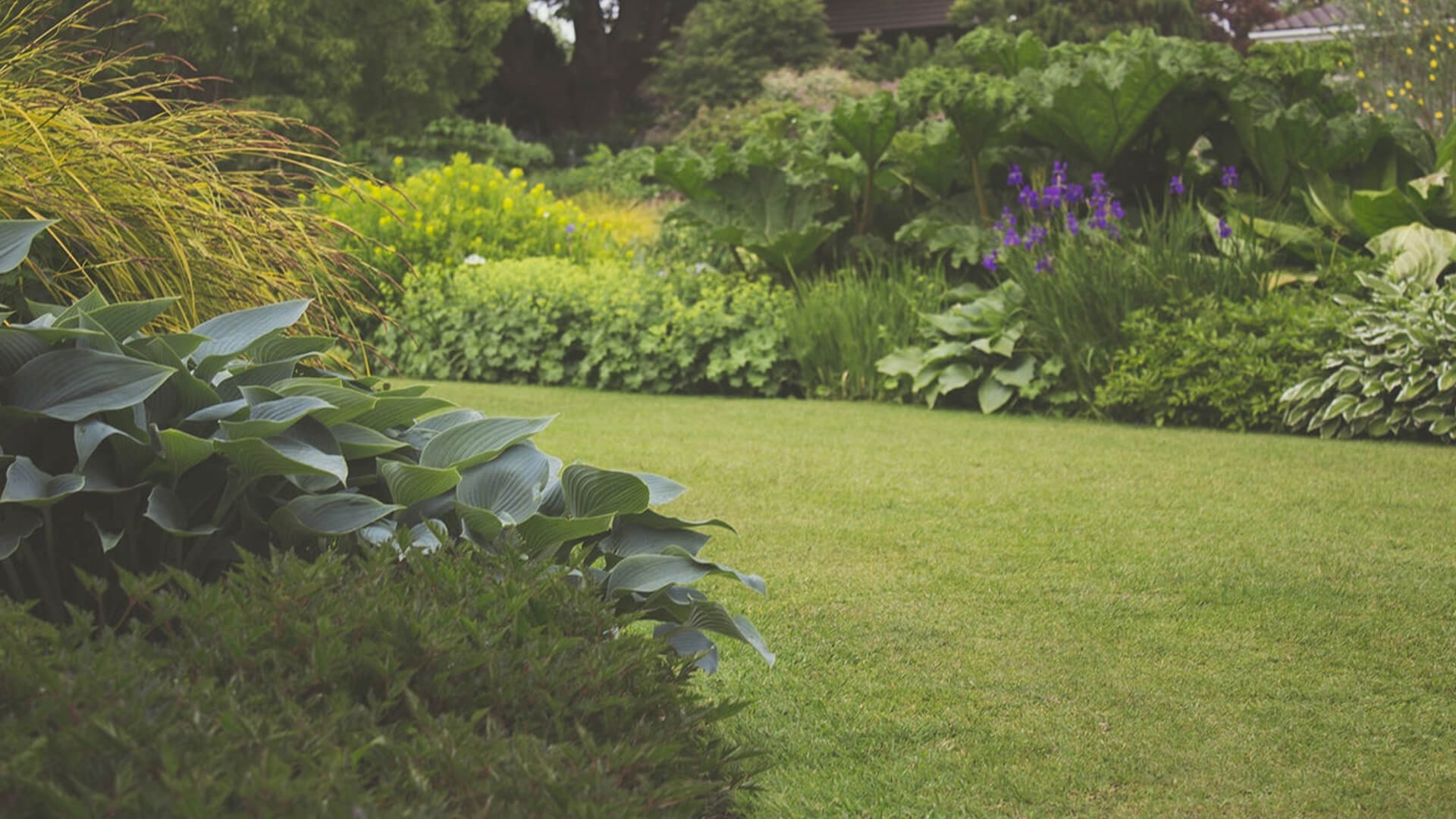By Evelyn Long, Editor-in-Chief of Renovated.
As a home builder, there are myriad ways to make a site more eco-friendly. From installing energy-efficient appliances and low-flow water fixtures to using sustainable materials and recycled hardware, you have plenty of opportunities to green any home. In the process, builders can reduce construction costs and minimize energy and water bills for future occupants.
Yet, few homebuilders ever consider the role of landscaping in eco-friendly home construction. After all, most lots are just patches of dirt to begin with. However, landscaping plays a crucial role in eco-friendly homebuilding. Therefore, if builders want to benefit both the environment and future occupants, they should take the yard into consideration.
Why Is Eco-Friendly Landscaping Important?
Each year, homeowners dump their hard-earned money into watering, fertilizing and caring for their lawns. However, eco-friendly landscaping can easily minimize maintenance costs and reduce energy and water consumption.
With proper planning and planting, landscapers can create a healthier landscape that requires less upkeep and causes less damage to the environment.
Rethink Irrigation
A major component of green homes is water conservation. While contractors can install low-flow toilets and showers inside the home, there are also a few things they can do outside to minimize water usage and create a more eco-friendly landscape. Of course, most ideas will stem from rethinking the irrigation system.
Most landscapes require one inch of watering each week, including rainfall. Yet, many sprinkler systems can disperse 0.6 to 1.7 inches per hour, causing the landscape to flood. Forego these water-wasting sprinklers and use a drip system or rain barrels instead.
Refrain from watering the lawn, since grass doesn’t need much water to thrive. As it grows, it will also produce a cooling effect around the home, allowing inhabitants to minimize AC usage and reduce energy consumption.
Xeriscape
Another way to conserve water and create a more eco-friendly home overall is to xeriscape. This practice involves landscaping with native plants to conserve water, minimize fertilizer use and create a haven for wildlife. By including native wildflowers in the garden, landscapers and homebuilders can help the home attract bees, butterflies and other pollinators that help the entire neighborhood. Study hardiness zone maps to determine which plants will grow best and require the least maintenance in the yard.
Planting pest-resistant and disease-resistant plants in gardens can also minimize the use of pesticides and fungicides. These chemicals often contain toxins that can sicken or kill wildlife and even leech into fruits and vegetables in the garden. Remove a tree or two and use a wood chipper to make mulch to incorporate into flower beds to discourage flooding and pests as well. Group plants together in these beds to provide better conditions for plant growth.
Green Roofs
If a homeowner doesn’t want to install solar panels on their roof, consider adding a green roof. This kind of roof is living and includes all types of plant life to absorb heavy rainfall, reduce flooding, add square footage and encourage native plant growth. Plus, they can reduce pollution, provide seasonal shading and support pollinator populations, which have dwindled dangerously in recent years.
Green roofs are also effective insulators. On a warm day, with a temperature of 91 degrees Fahrenheit, a roof may exceed the atmospheric temperature by as much as 60 degrees. Thus, rooftops become heat islands that warm the home’s interior and exterior, causing occupants to turn on the AC and use more energy, especially during the summer. However, a green roof can combat the heat, reduce energy use and even extend the roof’s life.
Reduce Runoff
Building a home on pre-cleared sites may seem like a best practice. However, doing so produces much more runoff than building on a site with plants and trees. In fact, some cleared sites are worth less money because there aren’t any mature trees to add aesthetic value. Moreover, there are little to no root systems available to soak up water, reduce erosion and prevent runoff.
Thus, by planting trees, shrubs, grasses and other greenery in the yard and building on uncleared land, homebuilders can effectively reduce runoff and keep fertilizers, pesticides and other synthetic substances out of waterways. They might also install a rain garden if there’s a natural depression or slope to the lawn. This small pond will collect runoff and promote native plant growth and wildlife.
Sustainable Landscaping Improves Homes
As the global population increases, cities are expanding. Contractors are building more homes and paving more roads, leaving little room for wildlife and their natural habitats. Yet, as much as humans depend on the Earth for food, water and resources to build a home, it also relies on them to care for and protect it.
Therefore, sustainable landscaping is crucial to the survival of the Earth and humanity as a whole. Using eco-friendly solutions, homebuilders can preserve the planet, construct safe and efficient homes for humans to live in, and build a better future for everyone.






























